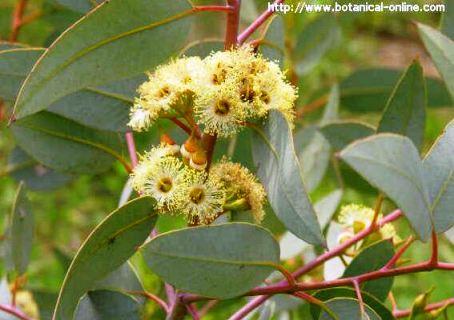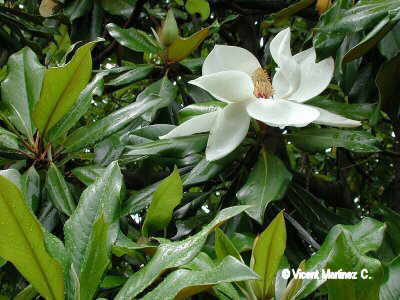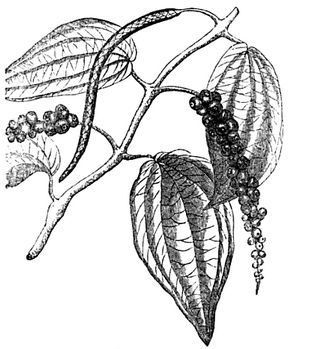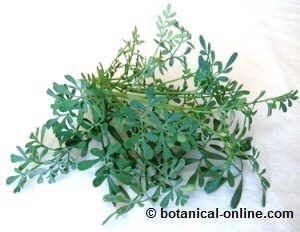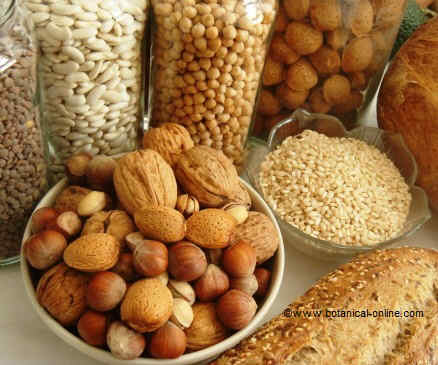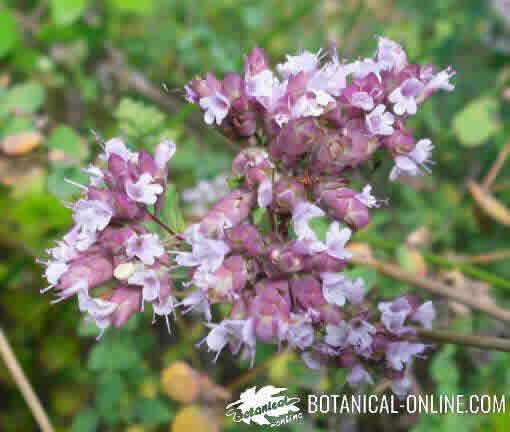Contents [show]
What are succulent plants?
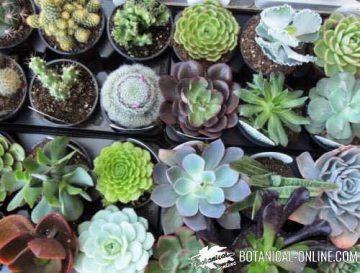
Succulent plants are those that have developed thick, fleshy stems or leaves to store water.
Why are plants succulent?
Succulence or thickening is an adaptation phenomenon that occurs in ecosystems where rainfall is very scarce, very irregular, or where the soil has little capacity to store water.
In some circumstances plants produce these adaptations because it rains little or because it rains very sporadically. In others, even though it rains enough and at appropriate intervals, the water seeps into deeper layers where plants cannot access.
Where can we find succulent plants?
Succulence occurs especially in arid areas, where rainfall is poor (deserts, Mediterranean arid lands, etc.), but also on rocks, karst soils or sandy soils with little capacity to retain water.
Why do succulent plants look alike to each other?
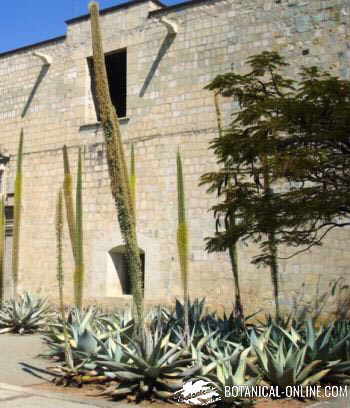
The adaptations of succulent plants to their environment has developed a very similar physical appearance among plants that are not genetically related because they belong to different families (they may look quite alike to the naked eye, but they have different types of leaves, flowers, fruits …) .
This phenomenon, known as adaptive convergence, is what has determined that a century plant (Agave americana) is considered by the profane as a species of cactus, when in fact it is an Agavaceae, so it is more related to lilies than to cacti. The fact that it has thick, fleshy leaves and contains thorns gives it a physical resemblance that has led to this confusion. That is, all cacti (family of cacti) are succulent plants, but not all succulent plants belong to the family of Cactaceae.
- It is the need to conserve water that has caused the plants to develop similar structures, but succulency does not indicative that they belong to the same botanical family.
- All cacti are succulent plants, but not all succulent plants are cacti.
What are the main adaptations of succulent plants?
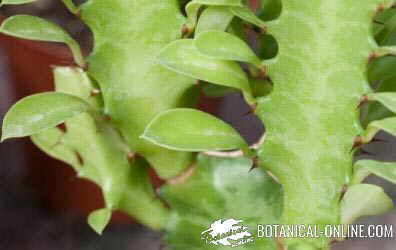
Succulent plants are mainly adapted to living in dry areas because they have developed strategies to accumulate water. The ability to store water is due to the fact that they have developed a large number of special tissues of parenchymal nature, made up of specialized cells with large vacuoles filled with liquid that allow this extra storage of water.
Another adaptation is the elaboration of spherical or columnar stems, which gives them a higher volume with less exposure of their surface to the air. This allows them a greater reserve of liquids and less contact with the dry medium, which reduces water loss. The same purpose is also answered by the fact that most of them are little or nothing branched.
Comparison between plants from arid climates with plants from humid environments
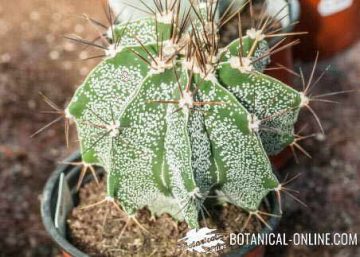
The absence of branches reduces the surface of external contact with the atmosphere. When compared to plants that live in humid environments, the latter develop large and numerous leaves so that the evaporation surface is as large as possible. Instead, many of the succulent plants have developed spines, not only to protect themselves from herbivores but to decrease transpiration.
In addition, in most species the green parts are covered by waxy substances that make them more resistant to heat, or that reduce transpiration.
Another adaptation is the presence of an abundant hairiness that, in addition to protecting them from the heat, is capable of reducing transpiration and even capturing the morning dew.
How many succulent plants are there?
There are a huge number of succulent plants worldwide. Among the main families that compose them, we can mention Cactaceae, Asparagaceae, Asphodelaceae, Crassulaceae or Apocynaceae ( See: Classification of succulent plants)
Plants with succulent leaves
Some plants show their succulence in the leaves. In this case the leaves become thick and acquire a great capacity to store water. Among the main families that develop thickened leaves we can mention Crassulaceae, Asparagaceae, Aizoaceae, Asphodelaceae, Euphorbiaceae, Portulacaceae and some Cactaceae.
Many plants in the agavaceae family contain species with succulent leaves. The photos below show two different families:
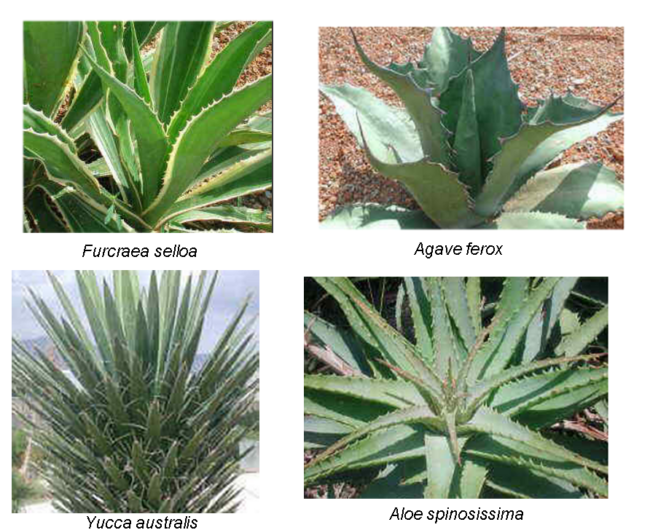
Plants with succulent stems
Some plants develop succulent stems. Among the families that develop this type of stems we can mention: Cactaceae, Portulacaceae, Euphorbiaceae, Apocynaceae and Didiereaceae.
Examples of adaptive convergence of plants
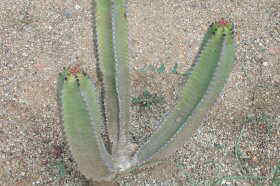
Cardon (Euphorbia canariensis) is one of the most characteristic plants of the “cardonal” of the Canary Islands, a type of vegetation that occurs in very arid areas of this region.
It is a plant that has developed a cactus-like morphology without being a cactaceous, making it a clear example of adaptive convergence. It has stems with four or five sides provided with thorns.
It is known for the poisonous latex of its stems that have been used to hunt fish and to make sealing wax.
![]() More information on succulent plants
More information on succulent plants


